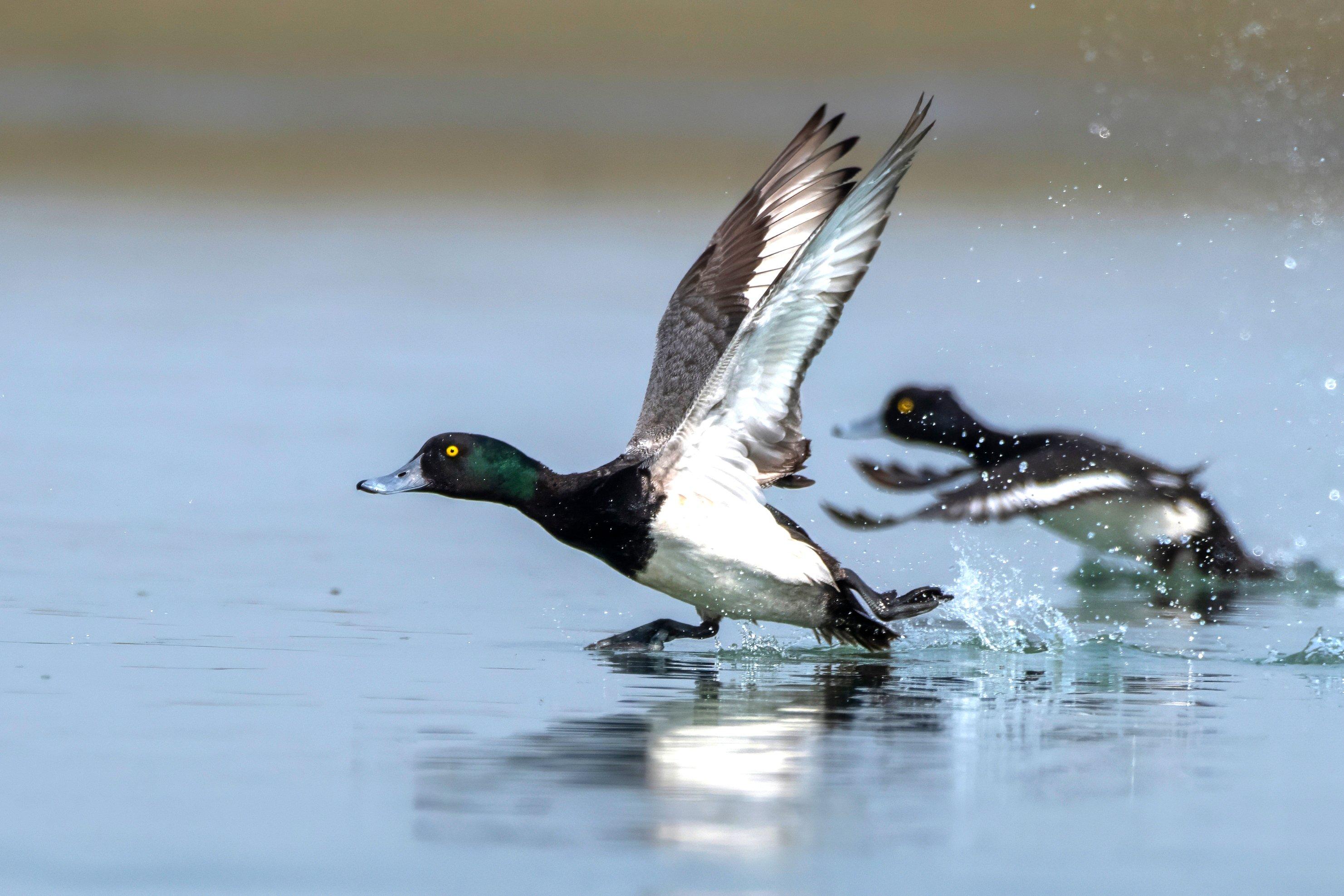655,700
Duck Statewide Harvest
153,700
Goose Statewide Harvest
63,500
No. Waterfowl Licenses Sold Annually
11.2
Ducks Per Hunter
4.2
Geese Per Hunter
$22, season; $19, 72-hour small-game
Cost of Resident Waterfowl Hunting License
$7.50 to $8.25
Cost of Resident State Stamps and Permits
$25
Federal Duck Stamp
$102 season; $75 72-hour
Cost of Non-Resident Waterfowl Hunting License
$7.50 to $8.25
Cost of Non-Resident State Stamps and Permits
$25
Federal Duck Stamp
Fall special goose $4; spring light goose $2.50

Photo by Mihir Joshi
When people think of waterfowl hunting in Minnesota, a couple of things come to mind: giant Canada geese and wild rice lakes. Rochester is famous for goose hunting and was the last stronghold of the giant Canada goose, which once faced extinction. Try telling that to your buddies at the golf course. Giant Canada numbers have exploded in recent years, of course, to the point of becoming a nuisance on golf courses, parks and other areas. Goose hunting is king in Minnesota, and several areas offer controlled goose hunts, including Orwell, Lac Qui Parle, Thief Lake, Roseau River and Talcot Lake wildlife management areas, as well as the famous Rochester Game Refuge.
Minnesota is also well known for wild rice lakes. This naturally growing grain is an important food source for various duck species, particularly mallards, teal and ringnecks. Although they live in relative obscurity elsewhere, ringnecks are one of the most common duck species bagged in Minnesota, usually coming in only behind popular puddlers such as teal, mallards and wood ducks in terms of harvest.
From humble beginnings at Lake Itasca, the Mississippi River turns into a major waterfowl stopover as it widens. Hunters will find a mixed bag on the Big Muddy, but especially mallards, gadwalls, bluebills and canvasbacks.












